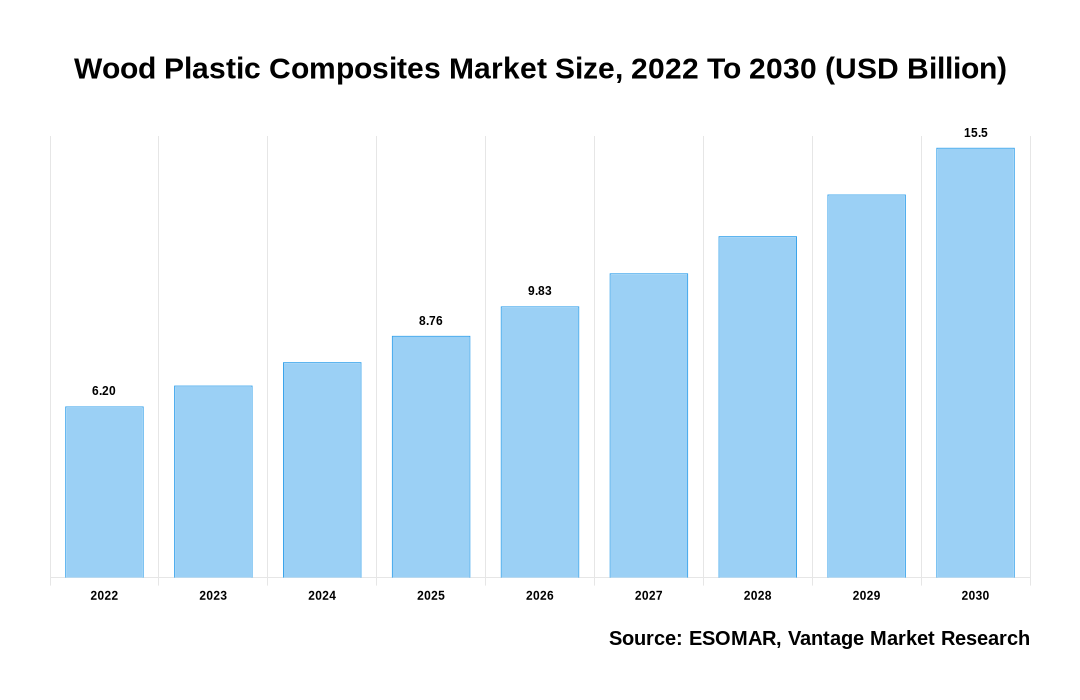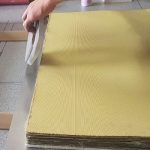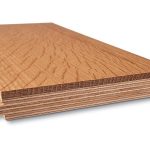Global Wood Plastic Composites Market
As stated in our extensive report, the Global Wood Plastic Composites Market accounted for USD 6.2 Billion in 2022 and is projected to reach a value of USD 15.5 Billion by 2030.
The Wood Plastic Composites market is experiencing significant growth due to various factors and drivers. Wood Plastic Composites provide a competitive alternative to traditional materials and are becoming more popular due to the growing need for environmentally friendly and sustainable products. Wood Plastic Composites are widely utilized in decking, railing, and fencing applications because of their durability and minimal maintenance requirements, and the construction industry is another important driver of market expansion. Using these composites in interior parts like door panels and trims to lighten car weight and improve fuel efficiency is a significant driver in the automotive industry. Furthermore, government regulations promoting sustainable materials and the growing focus on reducing carbon emissions boost the demand for Wood Plastic Composites. Overall, these factors, along with the cost-effectiveness and versatility of Wood Plastic Composites, are influencing the market sales and driving its growth.
Click To Get a Free Sample On the Research Study

Factors Influencing Global Wood Plastic Composites Market Growth
The growth of the global Wood Plastic Composites market can be attributable to the following:
- The construction industry is a significant consumer of WPCs, mainly outdoor decking, fencing, and railing applications. The need for WPCs is anticipated to increase as the construction sector expands, particularly in emerging markets.
- WPCs offer several advantages over traditional wood and plastic materials. They have a longer lifespan and require less upkeep because they resist rust, deterioration, and insect infestation. They are also highly durable, lightweight, and easy to install. These advantages make WPCs attractive for various applications, such as decking, furniture, and automotive components.
- Many countries are making significant investments in the construction of buildings, bridges, and other forms of infrastructure. WPCs are being employed more frequently in these projects because of their dependability, little maintenance needs, and resistance to moisture and temperature changes.
- Developing new manufacturing processes and technologies for producing WPCs has made them more cost-effective and versatile. Advanced extrusion and molding techniques allow for the creation of complex shapes and different sizes of WPC products. These technological developments have increased the number of applications for WPCs and supported their development.
- Many governments worldwide are implementing regulations and policies to promote using sustainable materials in construction. These regulations and policies encourage the use of materials like WPCs, which have a lower environmental impact than traditional materials. Government support, such as tax incentives or subsidies, can further boost the growth of the WPC industry.
- Compared to plastic or metal materials, WPCs can replicate the look of natural wood, offering a more aesthetically pleasing solution. Consumers increasingly prefer wood’s natural and warm look without the associated drawbacks of maintenance and durability. This preference for wood-like aesthetics drives the demand for WPCs in various consumer applications, such as decking, cladding, and furniture.
Asia Pacific Region to Take Over the Market
The largest region in the global Wood Plastic Composites market is Asia Pacific. The Wood Plastic Composites market is experiencing significant growth due to various factors and drivers. First of all, the demand for sustainable and ecologically friendly products is increasing the popularity of Wood Plastic Composites since they offer a cost-effective alternative to conventional materials. Wood Plastic Composites are widely utilized in decking, railing, and fencing applications because of their durability and minimal maintenance requirements, and the construction industry is another important driver of market expansion. Using these composites in interior parts like door panels and trims to lighten car weight and improve fuel efficiency is a significant driver in the automotive industry. Furthermore, government regulations promoting sustainable materials and the growing focus on reducing carbon emissions further boost the demand for Wood Plastic Composites. Overall, these factors, along with the cost-effectiveness and versatility of Wood Plastic Composites, are influencing the market sales and driving their growth.
Conclusion
The overall Wood Plastic Composites market sales have been favorably impacted by its numerous advantages over traditional construction materials. The increasing demand for sustainable and eco-friendly solutions has further propelled market expansion. With constant advancements in technology and increased awareness about the benefits of Wood Plastic Composites, the market is expected to continue its upward trajectory.
The well-known players of the Global Wood Plastic Composites Market include Advanced Environmental Recycling Technologies Inc. (U.S.), Axion Structural Innovations LLC (U.S.), Beologic N.V. (Belgium), CertainTeed Corp. (U.S.), Fiberon LLC (U.S.), Fkur Kunststoff GmbH (Germany), Guangzhou Kindwood Co. Ltd. (China) and others.
![[Market Research Reports] – Research Google News Blog | VMR.Biz](https://www.vmr.biz/wp-content/uploads/2022/12/logo-removebg-preview.png)











